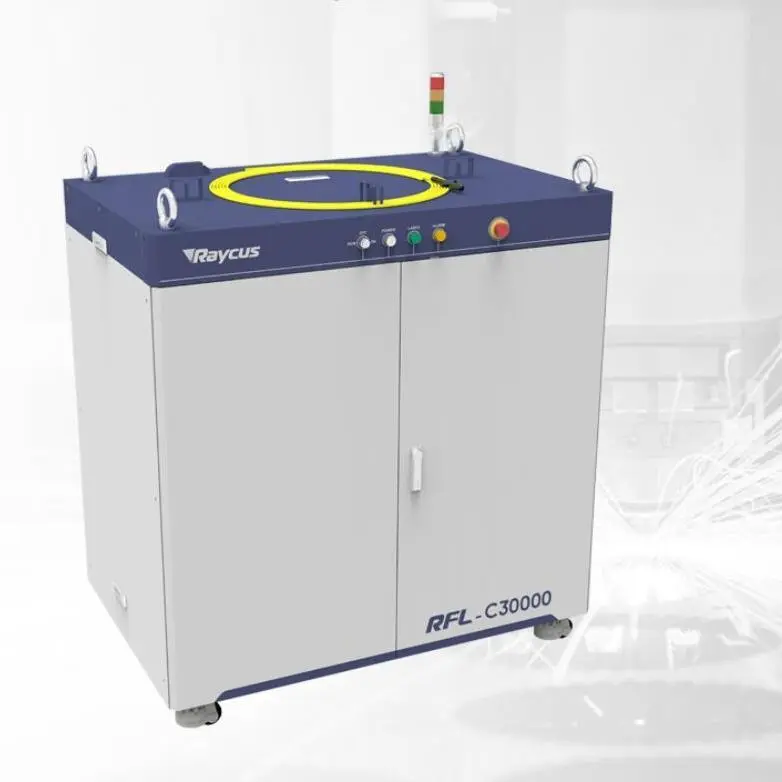Carbon fiber, a remarkable material known for its high strength-to-weight ratio and exceptional rigidity, is taking the manufacturing world by storm. As industries seek methods to optimize production while maintaining superior quality, the role of Carbon Fiber CNC Cutting becomes increasingly significant. This advanced machining process allows for precise and efficient shaping of carbon fiber composites, making it ideal for a variety of applications, from aerospace to automotive and sporting goods. In this article, we’ll dive deep into the benefits, procedures, and applications of Carbon Fiber CNC Cutting, illustrating why it is a game-changer in modern manufacturing.
Understanding Carbon Fiber CNC Cutting
At its core, CNC (Computer Numerical Control) cutting involves the use of computer software to control machine tools and automate the cutting process. When applied to carbon fiber, CNC cutting machines can accurately carve out intricate shapes and designs while minimizing waste material. One of the most notable attributes of carbon fiber is its composite structure, which consists of numerous carbon filaments woven together. When combined with resin, these fibers create a lightweight and incredibly strong material that’s becoming a go-to choice across various high-performance industries.
Advantages of Carbon Fiber CNC Cutting
1. **Precision and Accuracy**: One of the standout features of CNC cutting is its unparalleled precision. With the ability to program intricate designs directly into the machine, manufacturers can produce components that meet exact specifications. This results in minimal tolerance issues and ensures a higher level of uniformity in the final product.
2. **Efficiency**: Compared to traditional machining methods, Carbon Fiber CNC Cutting is significantly more efficient. The automated nature of CNC machines allows for rapid production cycles, reducing lead times and increasing overall output. Additionally, CNC cutting minimizes human error, further enhancing productivity.
3. **Complex Shapes and Customization**: Manufacturers can create complex geometries that would be difficult or impossible to achieve with hand tools or conventional cutting methods. Whether it’s producing unique shapes for sports equipment or creating aerodynamic components for aircraft, the design flexibility of CNC machines is invaluable.

Exploring the Advantages and Applications of Carbon Fiber CNC Cutting for Modern Manufacturing Processes

Exploring the Advantages and Applications of Carbon Fiber CNC Cutting for Modern Manufacturing Processes
4. **Material Savings**: CNC cutting optimizes the use of raw materials, resulting in less waste. Given that carbon fiber materials can be expensive, this aspect is particularly beneficial for manufacturers. Moreover, leftovers can often be recycled into new products, promoting sustainability.
5. **Versatility**: The application of Carbon Fiber CNC Cutting extends beyond a single industry. Whether it’s in marine, automotive, aerospace, or even consumer goods, the technology can be adapted to meet a diverse range of manufacturing needs, accommodating different specifications and batch sizes seamlessly.
Applications of Carbon Fiber CNC Cutting
1. **Aerospace Industry**: The aerospace sector has long been a pioneer in utilizing advanced materials to enhance performance. Carbon fiber components, cut to precision via CNC machines, contribute significantly to reducing aircraft weight while increasing overall strength and durability.
2. **Automotive Sector**: High-performance vehicles often incorporate carbon fiber elements for weight reduction and improved fuel efficiency. From body panels to interior components, CNC cutting allows for the necessary customization and quality control required in the automotive design process.

Exploring the Advantages and Applications of Carbon Fiber CNC Cutting for Modern Manufacturing Processes
3. **Sporting Goods**: Products such as bicycles, golf clubs, and helmets benefit from the characteristics of carbon fiber. The precision offered by CNC cutting ensures that sporting goods manufacturers can develop high-performance products tailored to consumer needs.
4. **Medical Devices**: In the field of medical technology, carbon fiber is utilized for devices that require both light weight and high strength. CNC cutting plays a crucial role in shaping these components accurately, which is essential for both function and safety.
5. **Architectural Applications**: The customizable nature of Carbon Fiber CNC Cutting has enabled architects and designers to push the boundaries of traditional aesthetics. From façade elements to structural supports, the use of carbon fiber is revolutionizing modern architecture.
Conclusion
In conclusion, Carbon Fiber CNC Cutting stands as a vital innovation in the manufacturing landscape. Its advantages, including precision, efficiency, and versatility, make it a preferred method for creating high-quality components across various sectors. As industries continue to evolve and prioritize performance and sustainability, the demand for carbon fiber and its associated cutting technologies will undoubtedly grow. By embracing Carbon Fiber CNC Cutting, manufacturers position themselves at the forefront of modern engineering, harnessing the potential of this exceptional material to push the envelope of what is possible in design and manufacturing. Plate Laser Cutter
